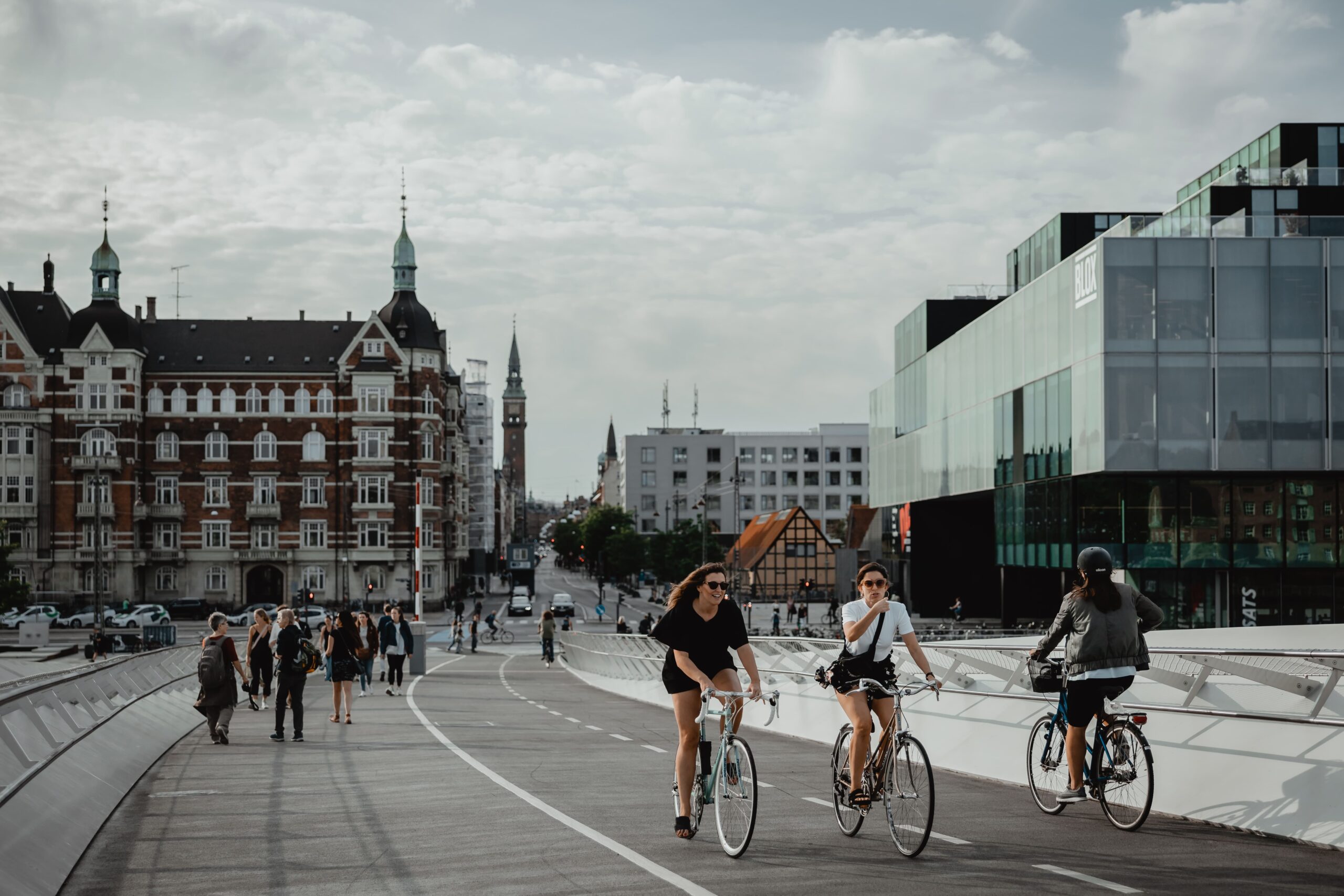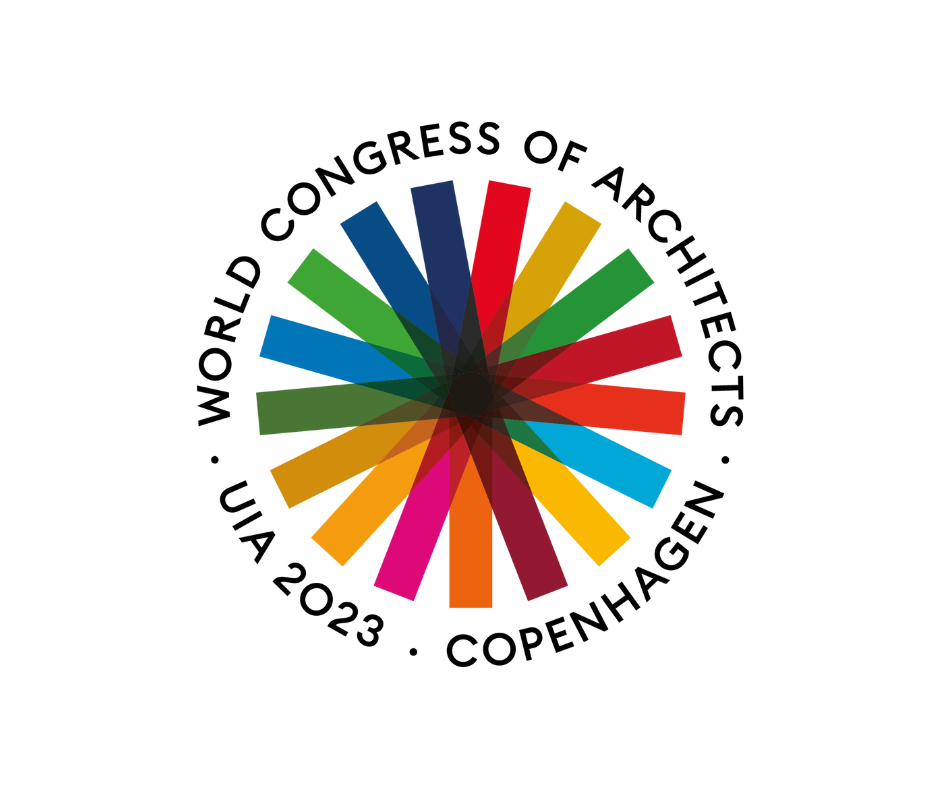
Contact person
News
Urban planning and development
Climate change adaptation
Green buildings
+2




The highlight of the year is the International Union of Architects’ UIA World Congress of Architects CPH 2023 on 2-6 July. This event will bring together thousands of international architects, urban planners and other city stakeholders in discussions around architecture, urban planning and urban solutions.
Visit the official website of UIA2023Copenhagen’s world-leading architecture scene is the focus of a year-round celebration in 2023. Discover the city’s unique approach to sustainable, citizen-centric urban design and its views on the future of architecture as Copenhagen carries on the torch as UNESCO-UIA World Capital of Architecture in 2023.
Copenhagen was chosen in recognition of its strong legacy within architecture and innovative urban development, along with its high ambitions on climate, sustainability solutions and liveability. Copenhagen is only the second city in the world to hold this triennially awarded title, following Rio de Janeiro in 2020. Under the tagline “Copenhagen in Common”, the Danish capital will host events, experiences and interactive engagements in a year-long programme.
The overall theme of the 2023 UIA congress in Copenhagen is “Sustainable Futures – Leave No One Behind”. Within this bracket, Copenhagen will focus on a slew of underlying themes, such as climate adaptation, rethinking resources, resilient communities, health, inclusivity, and partnerships for change.
The challenges are urgent and global, and we need to share our knowledge and best practice across borders to reach the scale of action needed. This is what we hope both speakers and delegates will be a part of, at the UIA World Congress of Architects 2023.” – Natalie Mossin, President of UIA World Congress of Architects
The UIA program will present new knowledge and inspiring practices that contribute to sustainability in the built environment, both socially and environmentally. This will be done by focusing on areas such climate adaptation, rethinking resources and resilient communities.
Together with close partners, State of Green has started to prepare a number of side events to be held during the week of the UIA Congress. Congress guests will have the opportunity to experience first-hand urban design, architecture, and sustainable solutions in line with the above-mentioned themes.
In Denmark, there is a many good examples on building focusing on climate adaptation, rethinking resources and resilient communities. We have gathered three examples on Danish solutions below:
1. Urban Riggers – A floating example of resilient communitites
Urban Rigger is one example of developing a future fit and resilient way of living. As global sea levels are rising, land and building facing the waterfronts are challenged. By using floating architecture to develop homes and communities near the waterfront, as is the case of Urban Rigger, space is regained and sustainable housing with fresh air, sea view and modern comfort is created.
2. The Remise Park – A green climate adaption solution
The Remise Park in Copenhagen is one of many architectural examples, where climate adaptation has been a fundamental pillar in the development process of the park. With 280 new trees and a delay basin, the park will provide more biodiversity and protection against flooding during heavy storms.
3. The Resource Rows – A prime example of rethinking resources
The Resource Rows in Copenhagen is a housing project consisting of 92 flats. Led by Lendager Group, The project demonstrates a radical reuse approach of materials, significantly reducing the construction carbon footprint. The materials span from reused wood and windows to upcycled bricks taken from a demolished Carlsberg brewery, which demonstrates an innovative example of rethinking resources in a construction process.
solutions
Combined heat and power production
+6
solutions
Urban infrastructure planning
+2